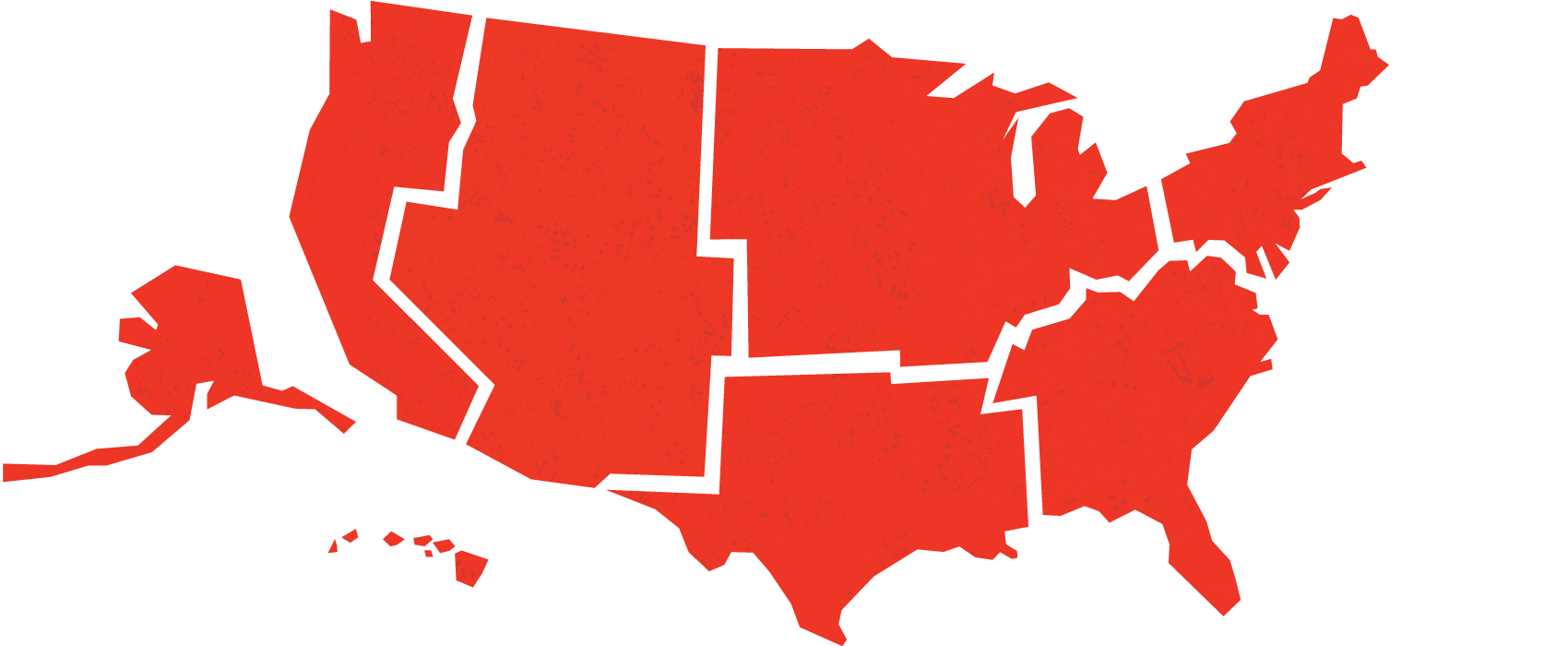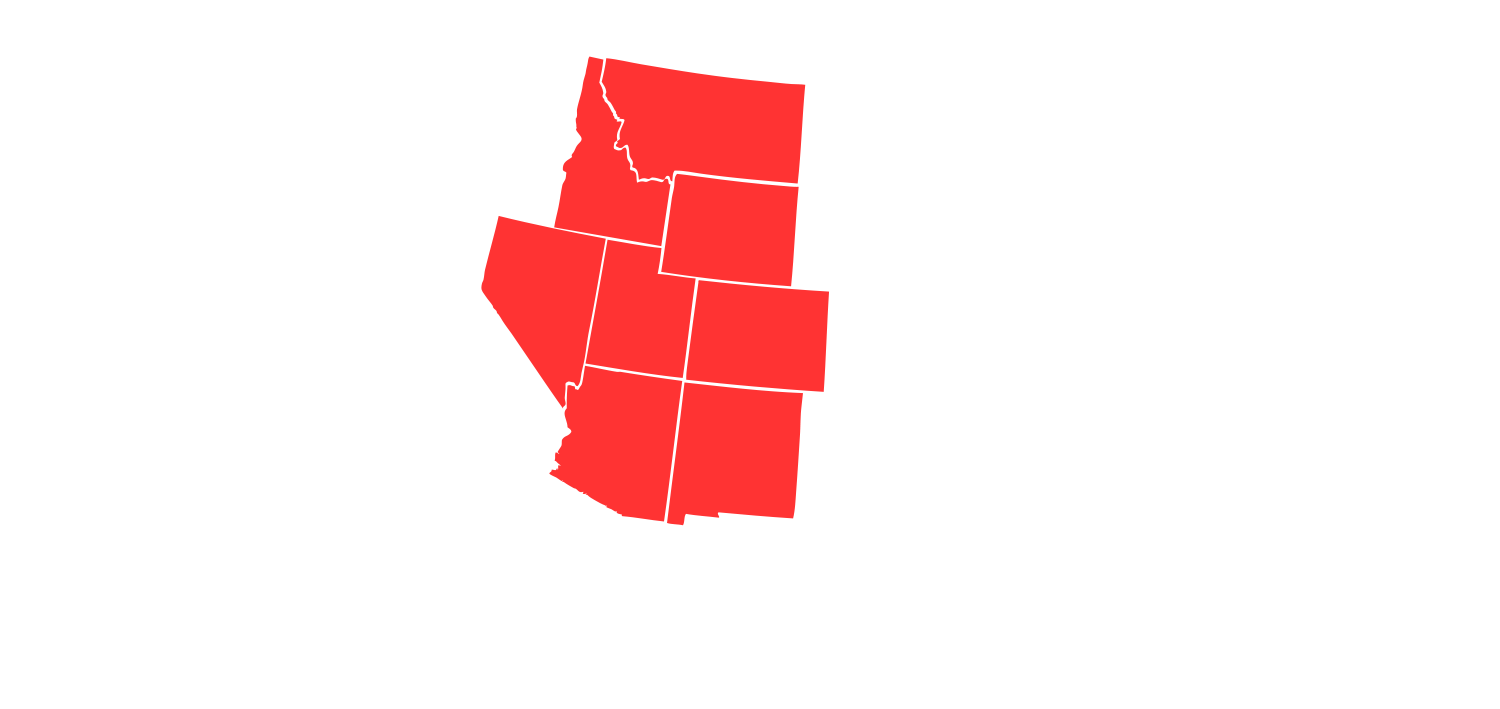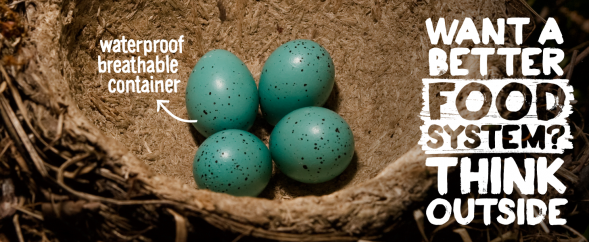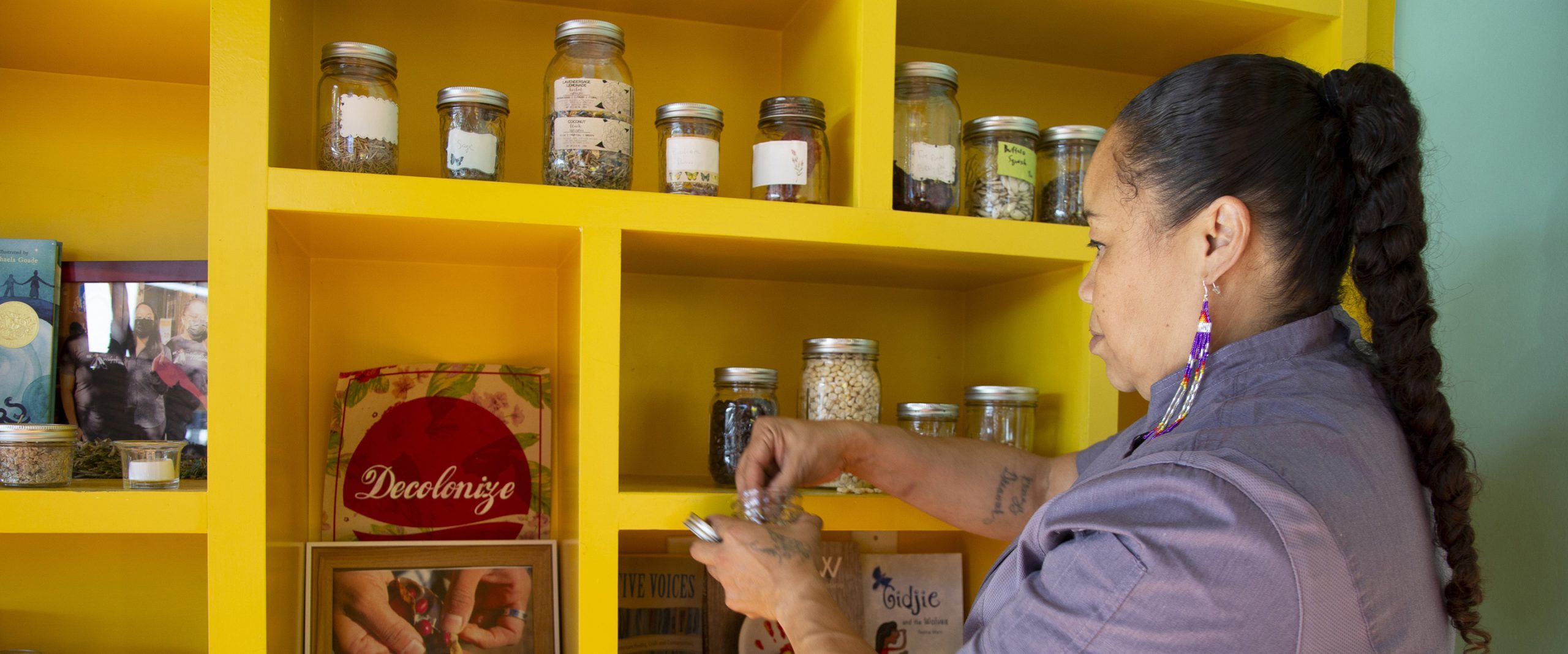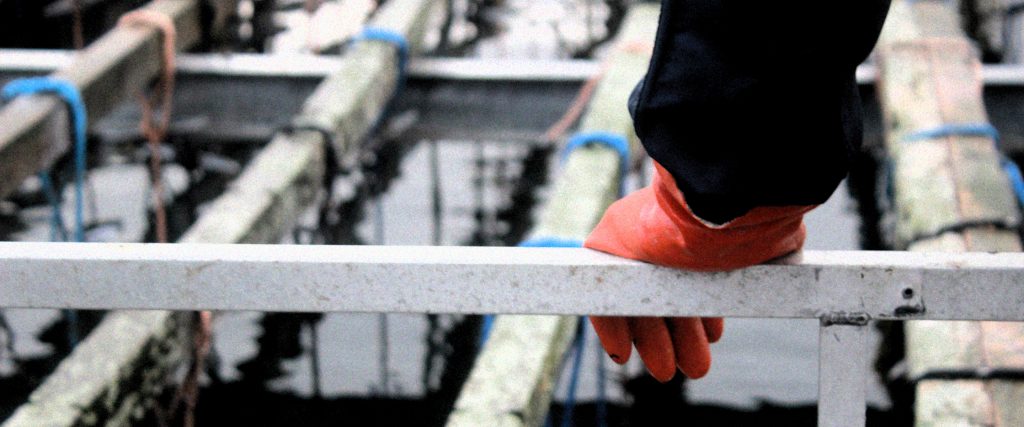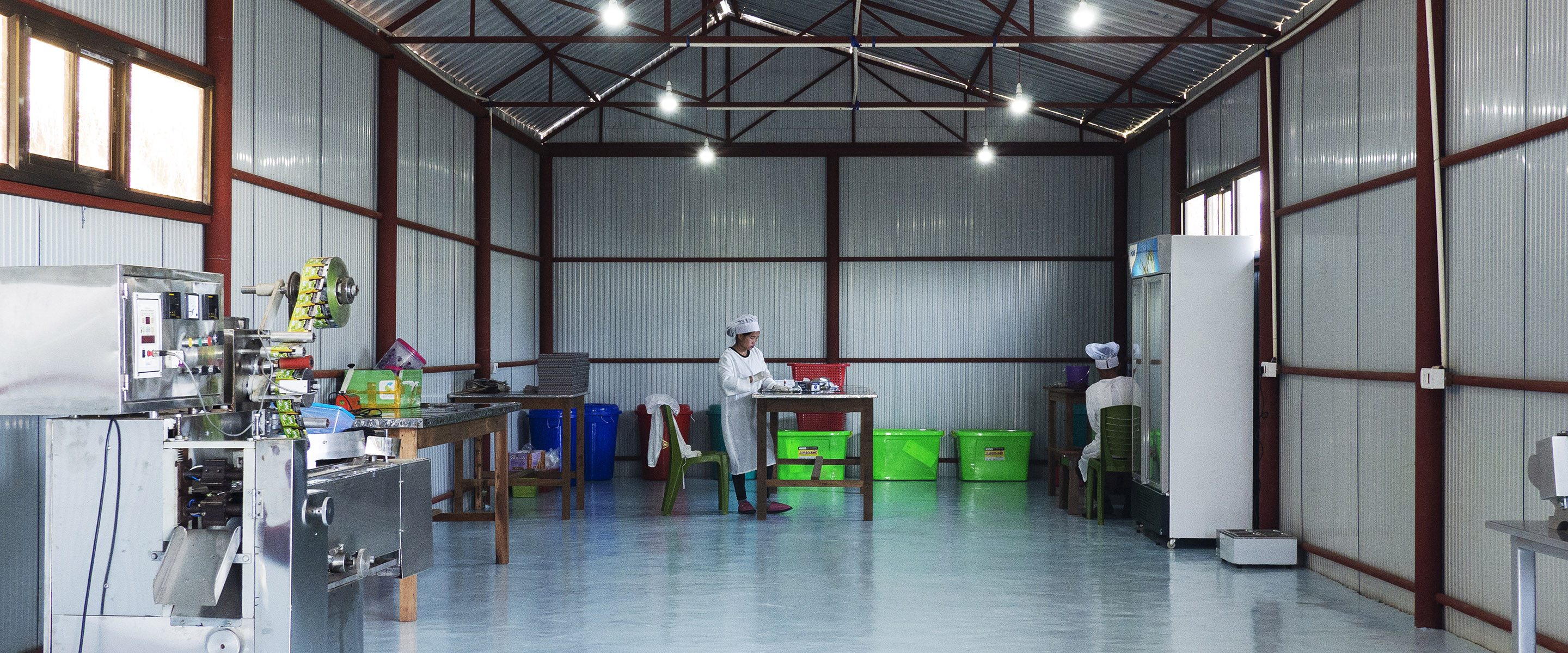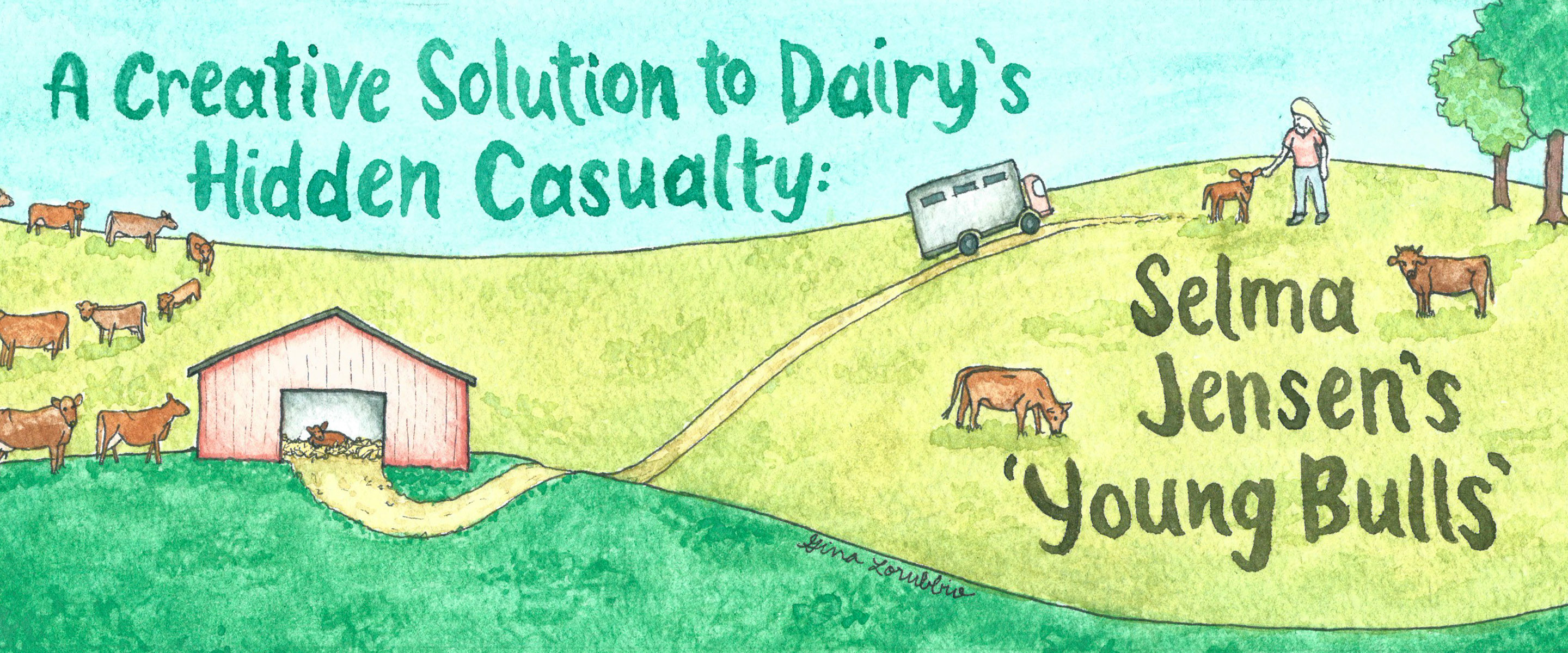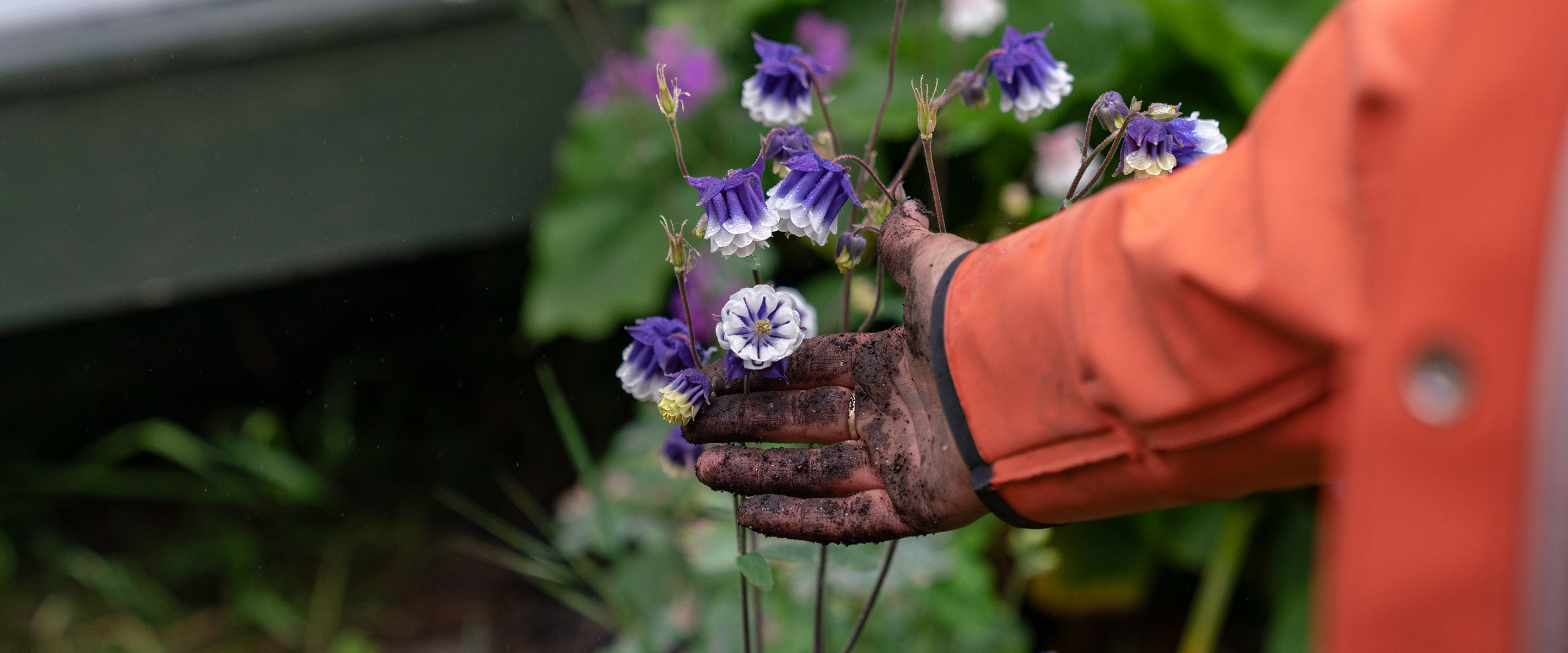Take note: there's still time to submit a design for the Global Biomimicry Design Challenge in Food Systems - enter by August 3rd!
When did you know that you wanted to work in food?
I grew up in a small town in Wisconsin around lots of people who farmed and gardened, and I've always loved growing, cooking, and eating real food. My mom was raised on a diverse farm, and although my grandparents sold it before I was born, I loved hearing stories about the farm of her youth. After they sold the farm, my grandparents planted a half-acre vegetable garden, which my parents maintain to this day. I spent childhood summers planting, weeding, harvesting, canning, and eating tasty Wisconsin treats, such as raspberries with fresh cream poured on top, as well as helping out on friends' dairy farms. I've had the benefit of knowing lots of farmers in diverse places, and seeing the opportunities and challenges they face, as well as seeing the impact that certain types of farming can have on the land - both good and bad. Food is the great connector, and I find my work always gravitating back into the realm of food, no matter what I am doing. I worked as a beekeeping extensionist with the Peace Corps in Paraguay, as well as teaching agroforestry techniques - I love grafting - and gardening skills. I spent some time working in public health, alongside colleagues who were looking at public health impacts of chemically intensive agriculture, and conducted a legal comparison of chemical hazard protections for agricultural workers vs. those in other industries (no, they do not have equal protection under the law) for my graduate school thesis. And I spent a number of years working on the ATTRA project - the National Sustainable Agriculture Information Service - for the National Center for Appropriate Technology (NCAT).
How did you get your current good food job?
In many ways, I created my own good food job by launching the first global biomimicry design challenge at the Biomimicry Institute a few years ago. But I got my start in biomimicry serendipitously. NCAT was closing my hometown office, and I was looking for a new job. We shared office space with another non-profit called Women's Voices for the Earth and Bryony Schwan, the founder, was transitioning to a new role as executive director of the Biomimicry Institute. We were chatting in the hallway one day, and she mentioned that both the Biomimicry Institute and the Biomimicry Guild were hiring. I applied at the Guild, did my interview from a phone room in Ushuaia, Argentina - with people screaming into phones all around me - and got the job!
How did your previous work or life experience prepare you for a good food job?
Biomimicry is an innovation approach that applies nature's design solutions to human problems. By asking "How would nature solve this?" we can learn how organisms and ecosystems manage water, protect themselves from disease, communicate, and so on. We can then apply what we observe and learn to design our materials, processes, and systems in more regenerative ways. Our food system is a particularly ripe area to learn from nature because it encompasses so many areas - soil quality, production, water and energy use, packaging, distribution - everything, really. Many of my jobs have also involved elements of education or training, including my previous stint as director of university education at the Biomimicry Institute. Since many people are not familiar with how to look to nature to solve a problem, educational components are essential to the success of the Biomimicry Global Design Challenge we host. The challenge focuses this year and next on improving the food system. (psst! The next Challenge deadline is August 3, 2015 - find out more!)
What was the greatest obstacle you had to overcome in pursuing your Good Food Job dream?
In many ways I don't have a good food job, per say, but I'm thrilled that we can address food system issues through our current biomimicry challenge. After all, improvements in the food system-whether in packaging, energy, water, financing, self-sufficiency, delivery, or growing methods-will potentially lead to benefits in many other realms. The greatest obstacle in my job is in making people aware of biomimicry and the opportunity they-and the planet-have through this challenge.
Name one positive thing that a former employer taught you that you continue to appreciate?
A former colleague, for no particular reason, sent me a document with all of the qualities she appreciated about my work and about me. It was actually very moving, and it was amazing what a lift it gave me to continue with my work. Feedback on individual projects is useful, but providing employees with a holistic view of their best qualities, skills, and accomplishments, outside the bounds of a performance review, is something more deeply meaningful.
What can you identify as the greatest opportunities in food right now?
One great opportunity is leveraging the possibilities of cities in order to grow and serve more food locally, and to serve more nutritious food to more people. Vertical farming, edible landscapes, and elements of networked systems that encompass environmental, social, and/or cultural concerns, such as Growing Power in Milwaukee, WI and the Spoiler Alert app are all part of this opportunity.
If you could be compensated for your work with something other than money, what would it be?
Time!

